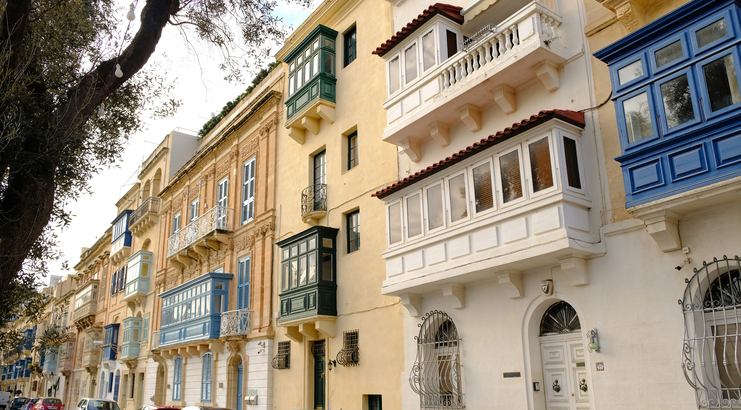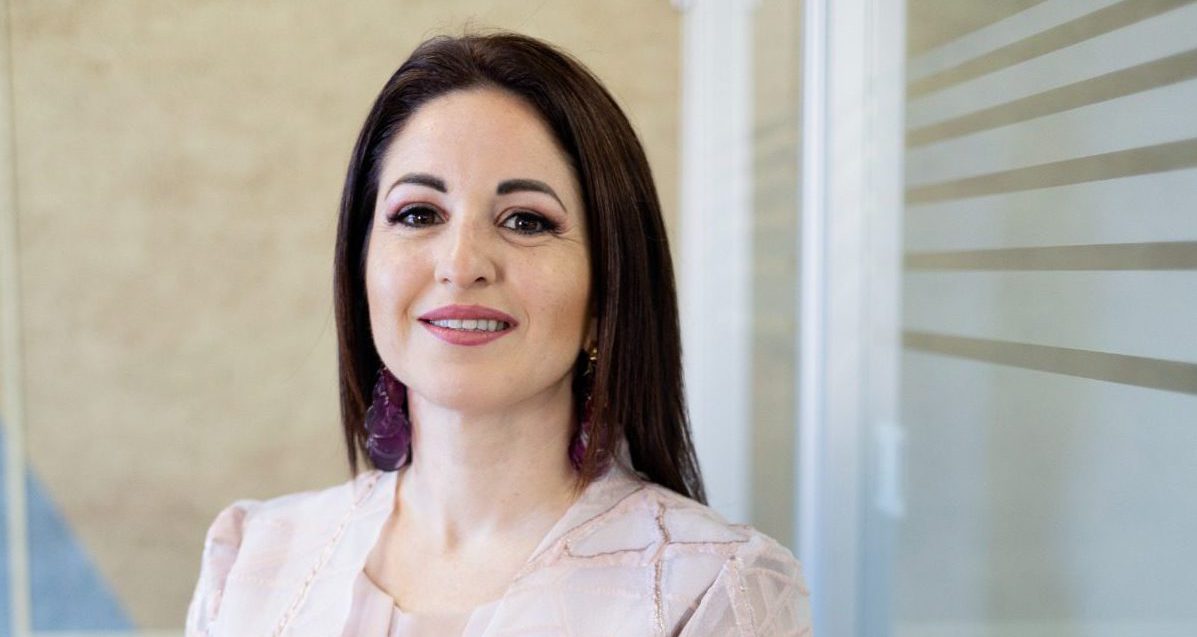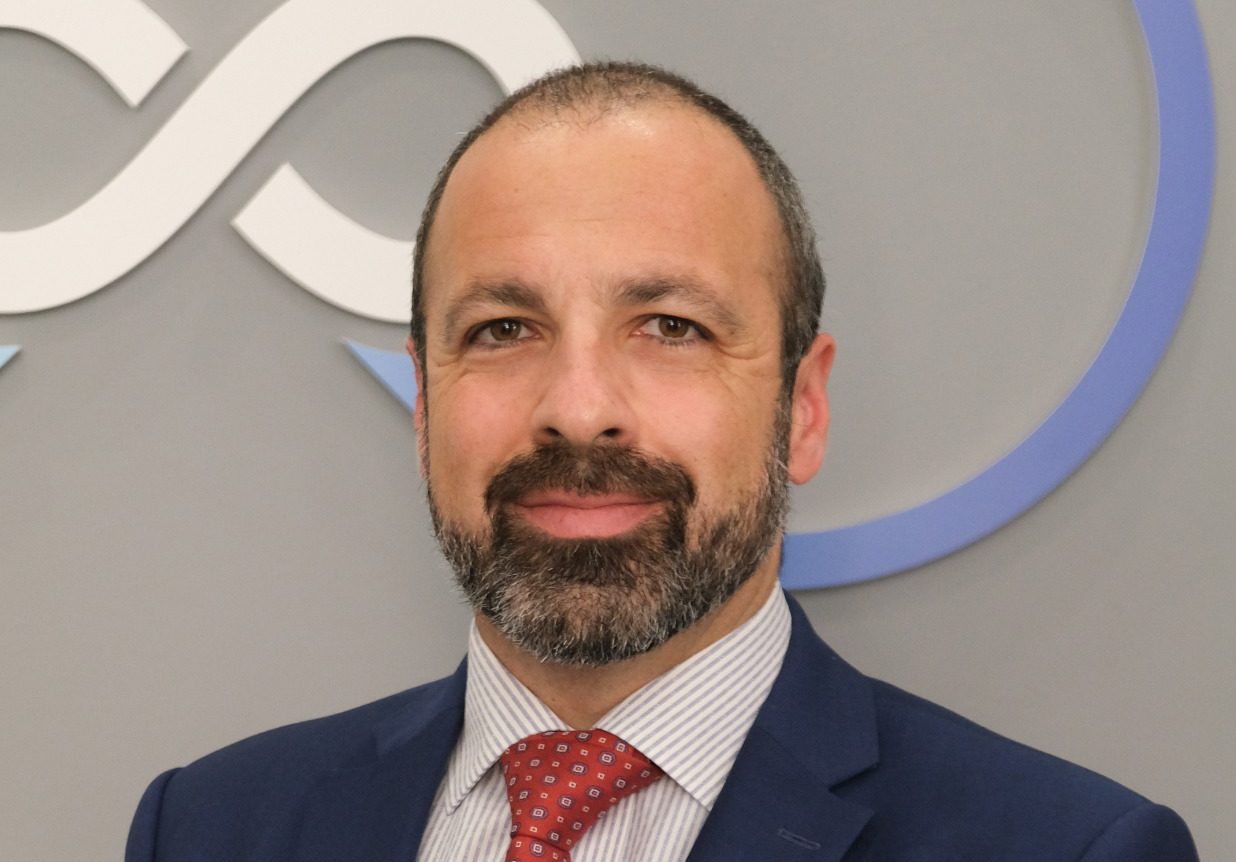Tucked away in the Luqa industrial estate, Funderija Artistika Chetcuti holds the fort as the only artistic bronze foundry extant within the Maltese islands. Headed by Christopher Chetcuti, son of the late sculptor and painter Joseph Chetcuti, it opened its doors in the early 1990s.
“My father studied sculpture in Florence and had a part-time job in a foundry like this one,” says Christopher, explaining how, when Joseph returned to Malta after finishing his studies, he decided to try to cast a statue in bronze for himself. “Other local artists found out that he was building a small foundry and came to him with their projects, and it snowballed from there,” he says.
As Christopher grew up among his father’s work, he playfully recalls being “kind of forced to help out” at the foundry during summer breaks from school, until he grew to like it so much that he chose to carve out a career from it. This led him to eventually take it over, in June 2019. Nowadays, the foundry is made up of a small team, offering a personal, bespoke service which is tailored around artists’ and clients’ needs. It excels in all aspects of the bronze casting process, from mould[1]making to patination, and also hosts talks, workshops and photoshoots.
Speaking of his early years and development within the foundry, Christopher recalls, “when I started out, I used to just be able to recycle the material – that’s the only thing my father would trust me with. Then, out of my own stubbornness, I would try other things and make him let me do the rest, until I was able to carry out the entire casting process on my own.”
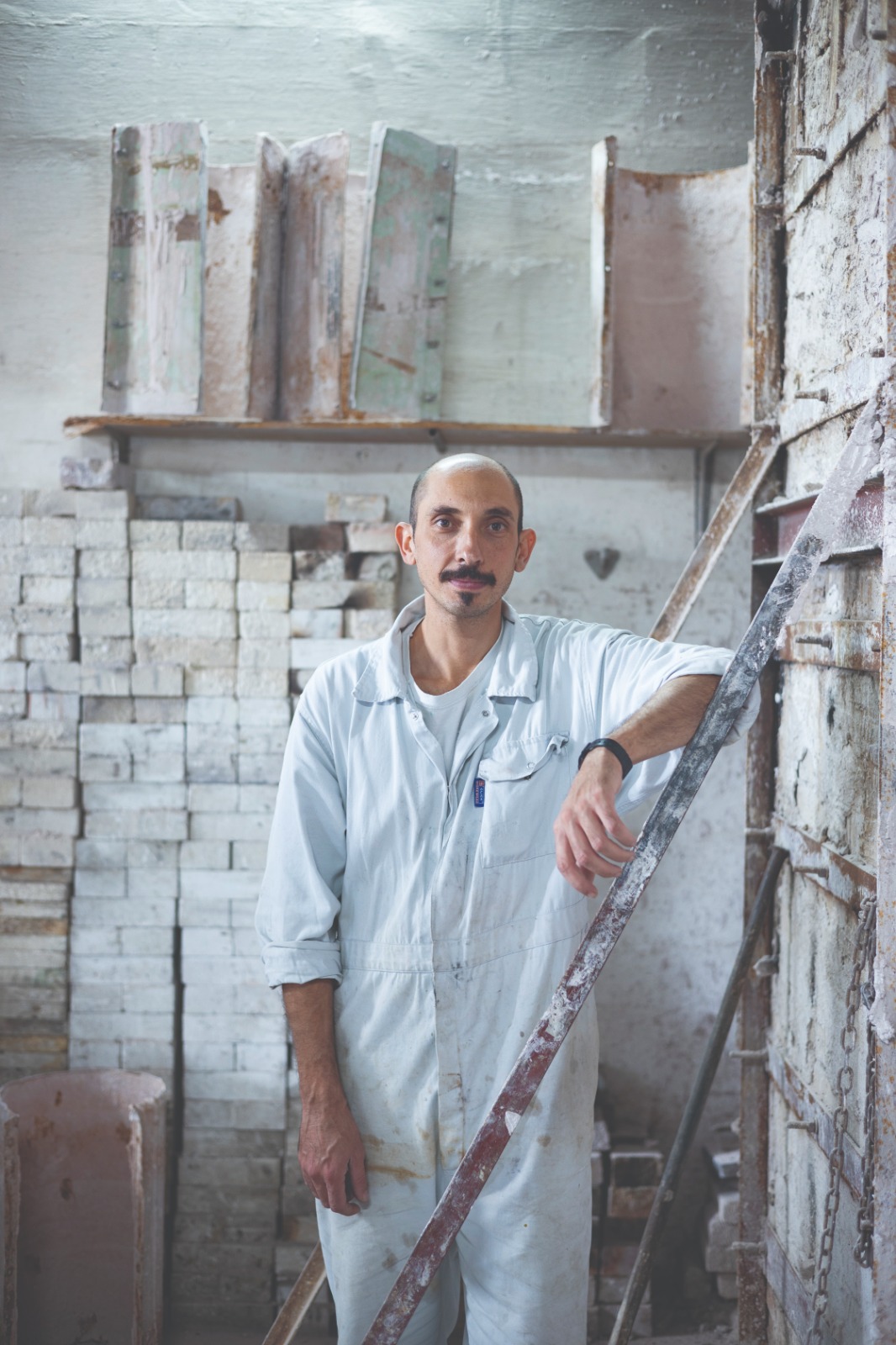
Christopher and the team at Funderija Artistika Chetcuti specialise in working with the lost wax casting process, a traditional method predominantly used in Italy. And, as he walks me through the process, one quickly realises that it is anything but easy.
“The process starts with a plaster mould. We then make a silicone mould – these vary, with different shapes and complexities according to the sculpture – which is filled with wax. This also depends on the kind of sculpture, but we generally go for a wax that is four to five millimetres thick, which would also be the thickness of the bronze in the final sculpture. After that, we fill the layer of wax, which is still inside the mould, with what we call refractory material, a substance that can withstand heat up to 1,200°C and retain its shape – this gives us a copy of the sculpture made up of a layer of wax, with the refractory material within it,” Christopher begins, outlining the laborious process.
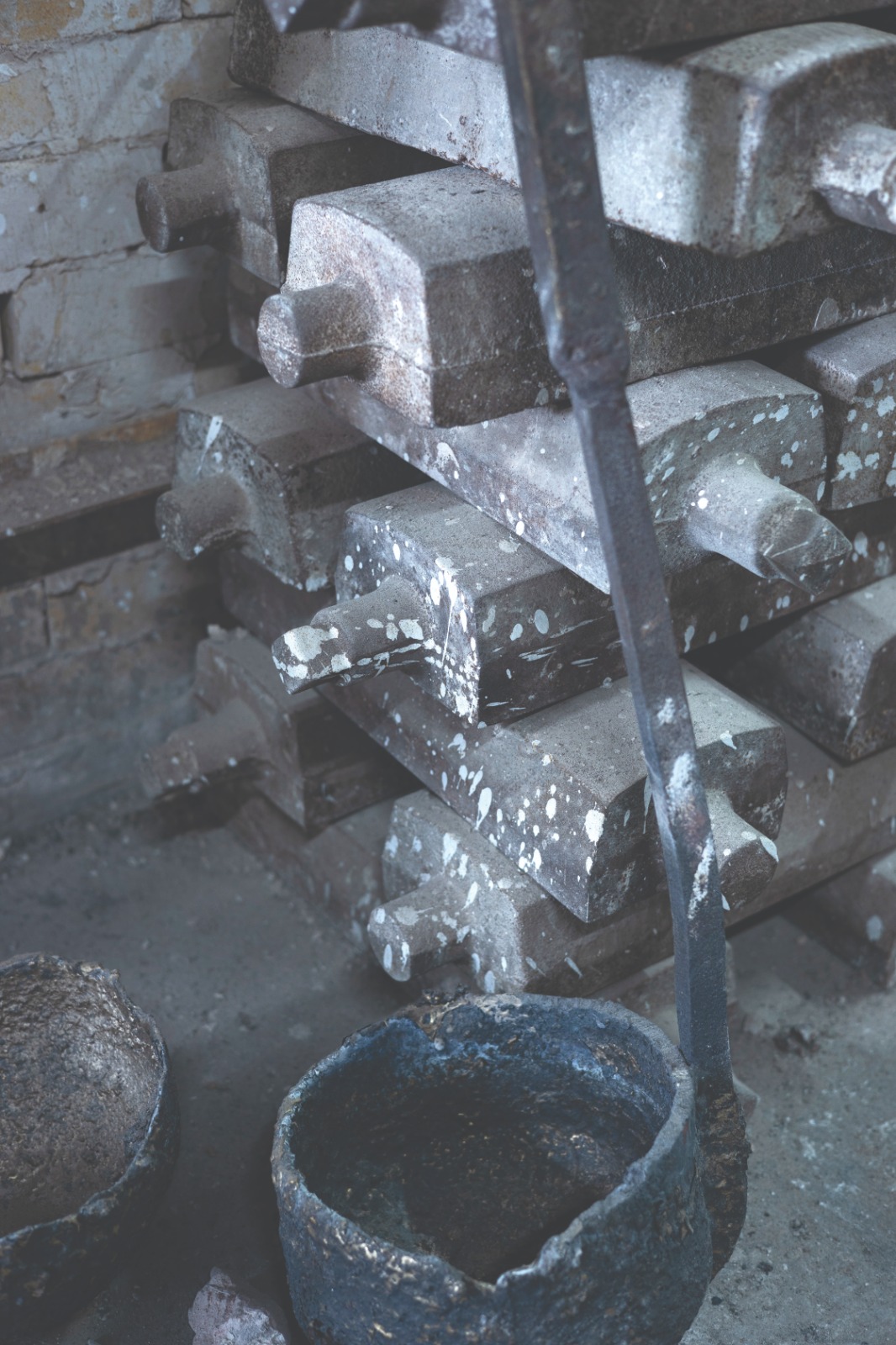
Next, the wax copy is checked against the plaster, ensuring it is exactly the same. “Once that is done, we begin to apply gates and sprues, which are the passageways that the bronze will travel through in order to replace the wax,” he continues, detailing that when this part of the process is completed, the entire system of wax and sprues is coated with more refractory to protect it, making up a block. Only now is it ready for the bronze.
“Once we have the wax locked inside, we place the block inside the kiln and fire it for about five days at 500°C. In that time, the wax evaporates, leaving an empty space, within which we can pour the bronze,” Christopher reveals, coming to the final parts of the process. “After that, we have to break the refractory, clean the bronze, cut the gates and sprues, check with the plaster to make sure to bring out all the details, and finally, give it the chosen patina.”

While it depends on the size and complexity of the project, this generally takes about 12 to 16 weeks, Christopher says.
Over the years, the foundry has produced countless projects, commissions and collaborations of varying complexity, including Joseph’s own works and those of several notable artists. The team today continues to work with well-known artists and sculptors including Andrew Diacono, George Muscat, Liliana Fleri Soler and Amelia St George, but the way forward for Funderija Artistika Chetcuti has not always been clear cut, Christopher reveals.
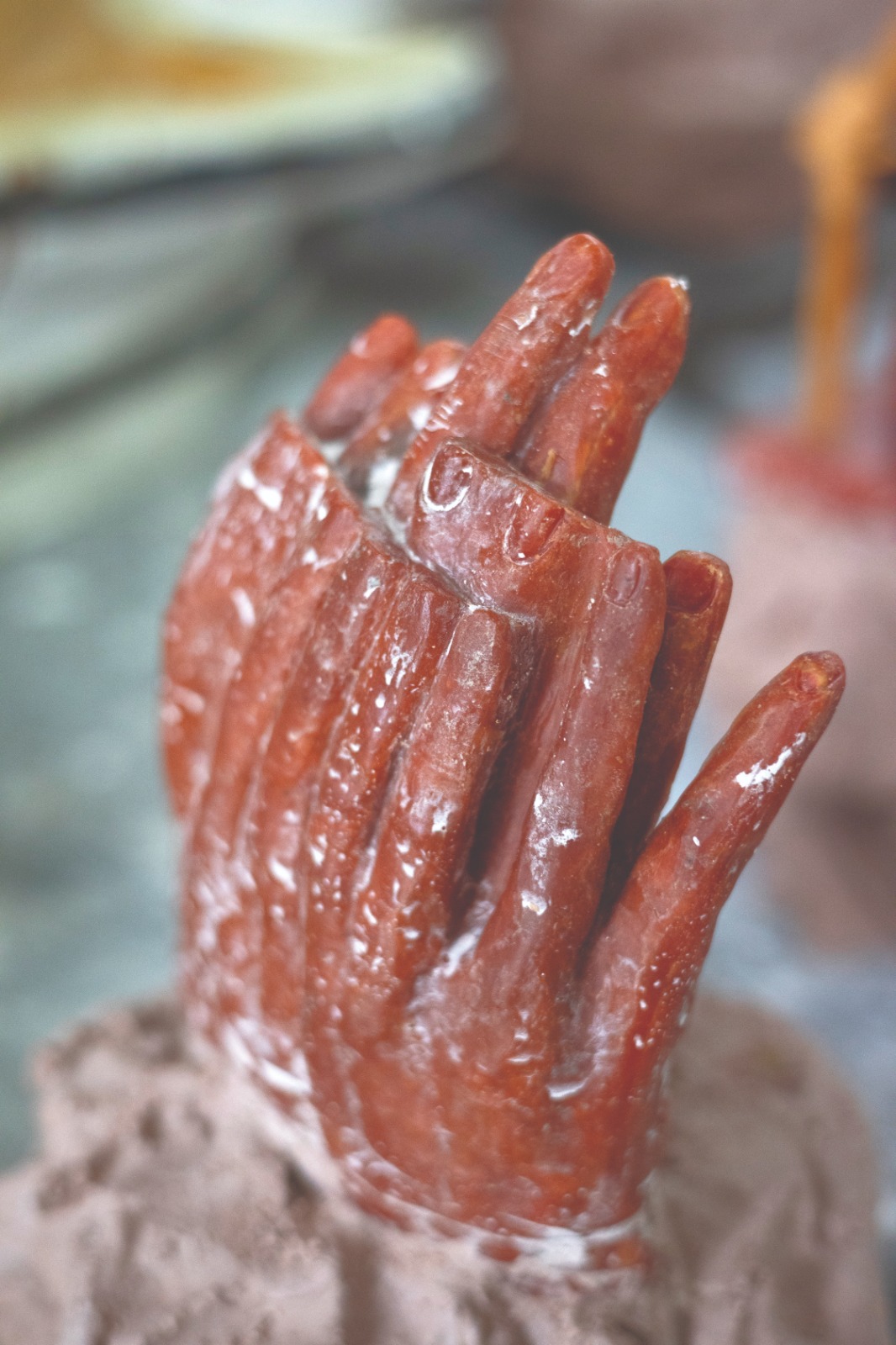
“Before my father passed away, we would argue a lot about what we should be focusing on at the foundry. He had this idea of creating a large company and having employees to work on very large statues, while I had the idea of keeping the business small, working on intricate projects and smaller scale statues,” he explains.
Under Joseph’s leadership, the foundry produced several large and more demanding commissions, including the monument dedicated to Grandmaster Jean de Valette which proudly stands in Pjazza Teatru Rjal, as well as the statue dedicated to Mater Dei by Chris Ebejer, at Mater Dei Hospital, which is the foundry’s largest work ever cast; The Three Graces in Mgarr, Gozo designed by Andrew Diacono, and even the mezzafigura by Vincent Apap of Giuseppe Calì, which stands at the Upper Barrakka Gardens in Valletta.
Upon Joseph’s passing, Christopher made the decision to focus on his passion – choosing smaller and more intricate projects and commissions over monuments. In fact, he has also recently turned his attention to producing his own designs.
Among these is a sculpture he is currently working on, with the aim of illustrating the process that a sculpture goes through at the foundry – starting from an idea translated into clay, which is then transformed into plaster, and finally made into bronze. “I started with the idea of producing a clay sphere, which represents the idea, inside a larger sphere of bronze, with ripples or waves separating both spheres, that should be in plaster and wax, signifying the whole process. It’s like a matryoshka of materials, and it’s technically difficult to put all those things together!”
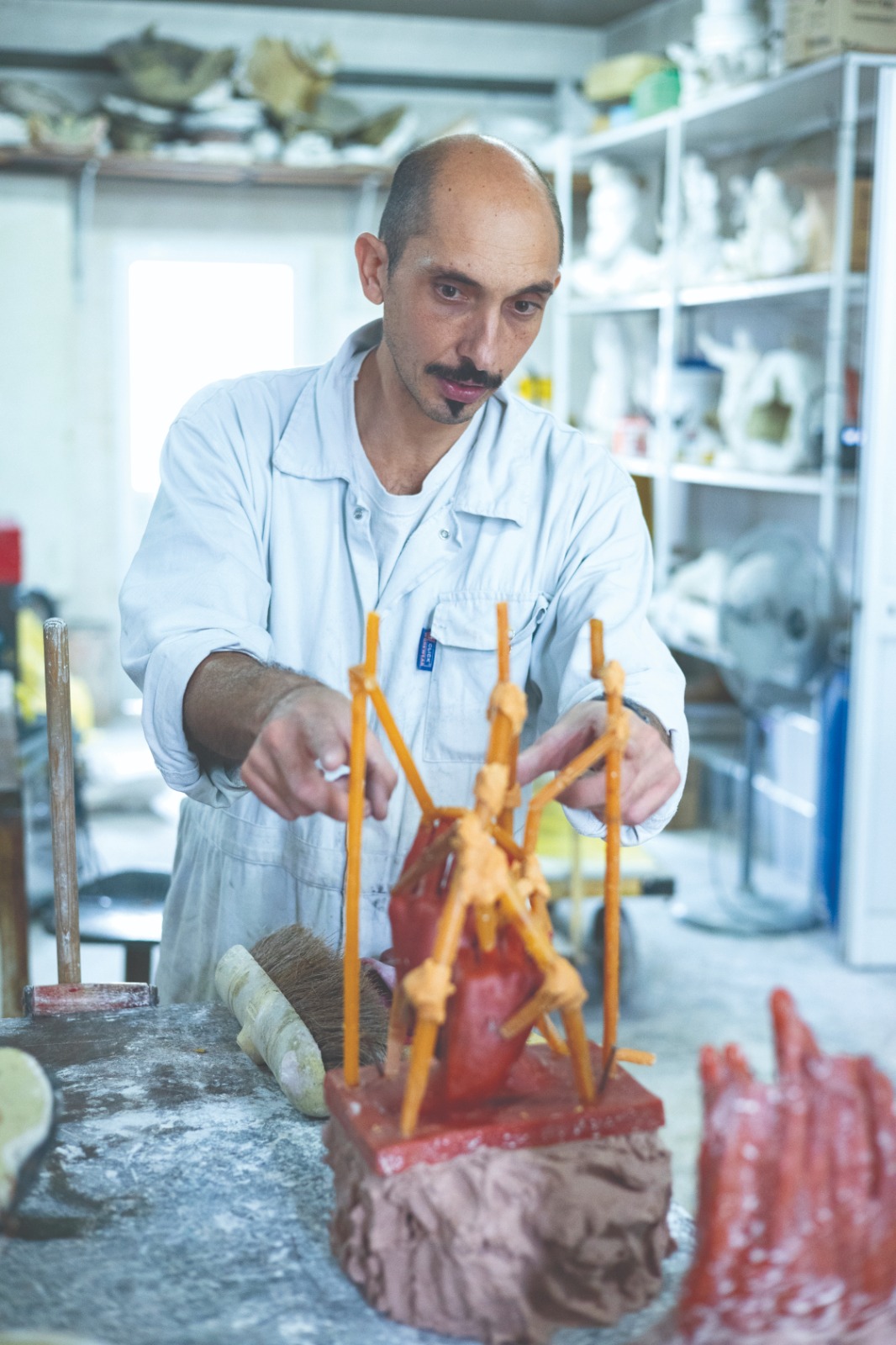
Another project he’s working on that has been garnering a lot of attention on social media is a series of contemporary door knockers, in collaboration with his partner, Lisa Gwen, the creative mind behind the curated visual blog, Malta Doors.
Speaking of the collaboration, which he describes as an “obvious” decision for the two, Christopher explains that it took much time and consideration to choose what designs to go for, narrowing down their choices from a long list of potential ideas. “We ended up choosing five, and I encouraged Lisa to sculpt them herself, in order to translate what she intended. I showed her how to use the tools and work with the clay, and she began producing, until finally, we have four designs. Two have been revealed so far, with the final two set to be revealed later this year,” he teases.
Looking to future plans, Christopher is also planning an exhibition of works by his father, which he hopes will take place by mid-2023. “We still have some of his statues in plastilene, which need to be transferred to plaster and then cast in bronze, so hopefully I’ll manage to do that by the end of next year – which is still very close,” he smiles, adding that he’s also looking forward to seeing his own sculptures come to life.
This feature was first carried in the December edition of Business Now magazine, the sister brand to BusinessNow.mt, produced by Content House Group
All photos taken by Inigo Taylor
Uniplural Group: ‘Our brand transformation fortifies our position as a one-stop-shop within the community’
The newly rebranded Uniplural Group provides a diversity of care services strategically united to embrace emerging growth prospects
Print&Merchandise embracing sustainable merchandising solutions
Janice Calleja, manager at Print&Merchandise, highlights the company's high-quality, bespoke services, alongside its evolution towards eco-friendly solutions
‘Regulating what is happening today is only part of what we do at the Malta Communications Authority’
Inġ Antoine Sciberras explains how the regulatory authority strikes a balance between healthy competition, and facilitating new tech investment



